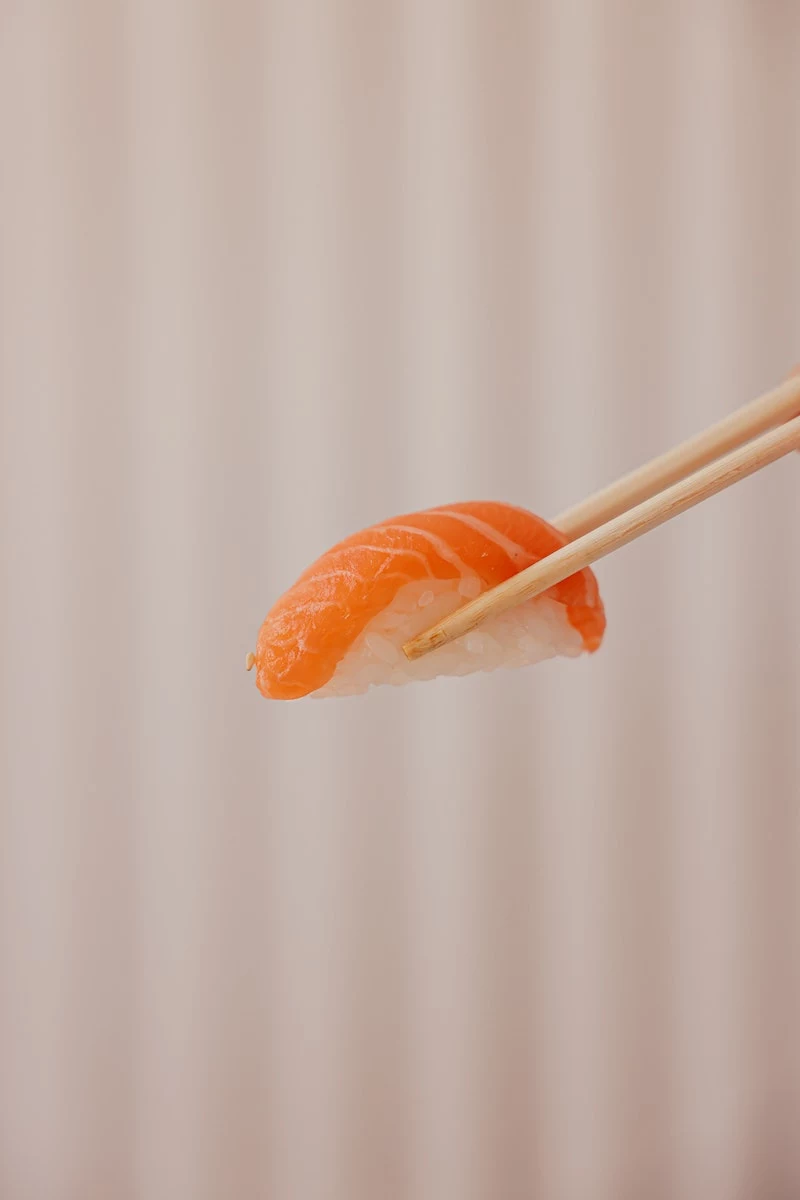Eat Smarter: A Real-World Guide to Foods That Boost Your Brain
I’ve spent a lot of time in the world of public health and nutrition, and I’ve seen every diet fad you can imagine. They all promise the moon, but honestly, when it comes to your brain, there are no shortcuts. Your brain is the most energy-hungry organ you have, and it’s picky. It needs a steady stream of specific nutrients to build cells, fire off messages, and protect itself from the daily grind. That frustrating moment when you can’t find your keys? That’s a little ping from command central, maybe hinting that it’s not getting the high-quality fuel it needs.
In this article
So, this isn’t another list of trendy ‘superfoods’ that will supposedly make you a genius overnight. That’s not how it works. This is a practical guide to the foundational foods that support your brain for the long haul. We’ll get into why they work, how to prep them like a pro to get the most benefit, and how to build a brain-healthy eating style that you can actually stick with for life.
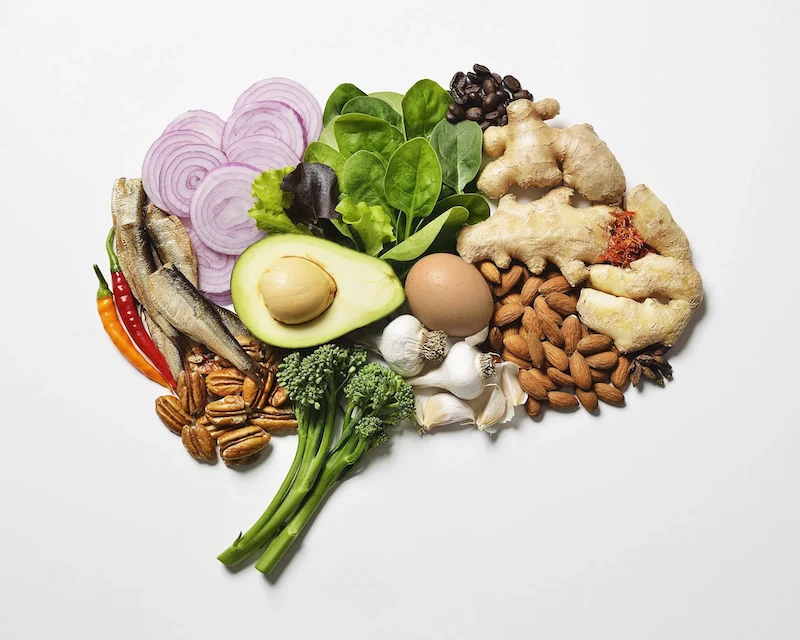
In a Rush? Start Here with These Quick Wins
Let’s be real, changing your diet can feel overwhelming. So, if you do nothing else, try to tackle these three simple things this week:
- Add a cup of berries. Fresh or frozen, it doesn’t matter. Toss them in your morning oatmeal, a smoothie, or just eat them by the handful.
- Cook with olive oil. If you’re using other oils for sautéing or making dressings, make the switch to extra virgin olive oil. It’s a simple upgrade with big benefits.
- Sneak in some spinach. Seriously. A handful of fresh spinach wilts down into almost nothing, and you can add it to scrambled eggs, pasta sauce, soups, or smoothies without really noticing it.
The ‘Why’ Behind the Food: What Your Brain Craves
Before we hit the kitchen, it helps to know what we’re actually trying to do. Your brain’s health really boils down to getting a few key things right. Nutrition experts and neuroscientists have been saying this for ages, and it’s the most important first step.

Omega-3 Fats: The Brain’s Best Friend
Your brain is about 60% fat, and a huge chunk of that is a specific omega-3 fat called DHA. Think of DHA as the premium building material for your brain cells. It keeps them flexible and fluid, which helps electrical signals travel at top speed. When you don’t get enough, things can feel a bit… sluggish. Foggy. Another key omega-3, EPA, is like the brain’s anti-inflammatory fire department, helping to cool down the chronic inflammation that can damage tissue over time.
Antioxidants: The Cellular Cleanup Crew
Just by working hard all day, your brain produces waste products called free radicals. You can think of it as ‘cellular rust’ or oxidative stress. If that rust builds up, it damages brain cells. Antioxidants, especially a group from plants called flavonoids, are the cleanup crew that neutralizes this damage. They’re great because they can cross the blood-brain barrier, getting right to where they’re needed most.
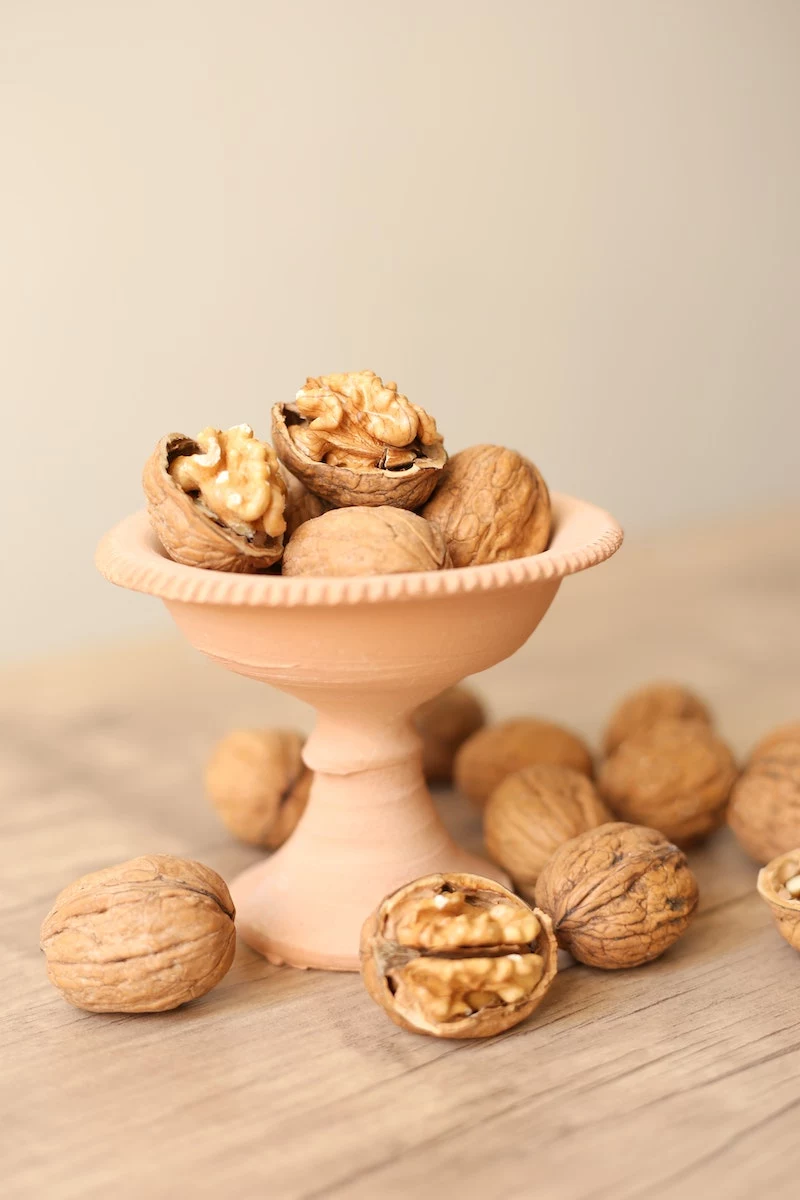
B Vitamins & Choline: The Communication Experts
A few B vitamins (especially folate, B6, and B12) are absolutely critical. They help manage levels of something called homocysteine, an amino acid that can damage the brain’s delicate blood vessels if it gets too high. Choline, on the other hand, is used to make a neurotransmitter that’s essential for memory. In short, these nutrients help keep the brain’s internal wiring and communication systems in top shape.
The ‘How-To’ Guide: Prepping Brain Food Like a Pro
Knowing the science is great, but putting it on your plate is what counts. How you choose and cook these foods can make a huge difference in the nutrients you actually absorb. These are tricks I’ve picked up not just from books, but from chefs and food scientists who live and breathe this stuff.
1. Oily Fish (Salmon, Mackerel, Sardines)
These guys are the most direct source of DHA and EPA. Aiming for two 3- to 4-ounce servings a week is a fantastic goal. When it comes to price, you’ve got options. You can find farmed Atlantic salmon for around $10 a pound, while wild-caught varieties can climb to $25 a pound or more.
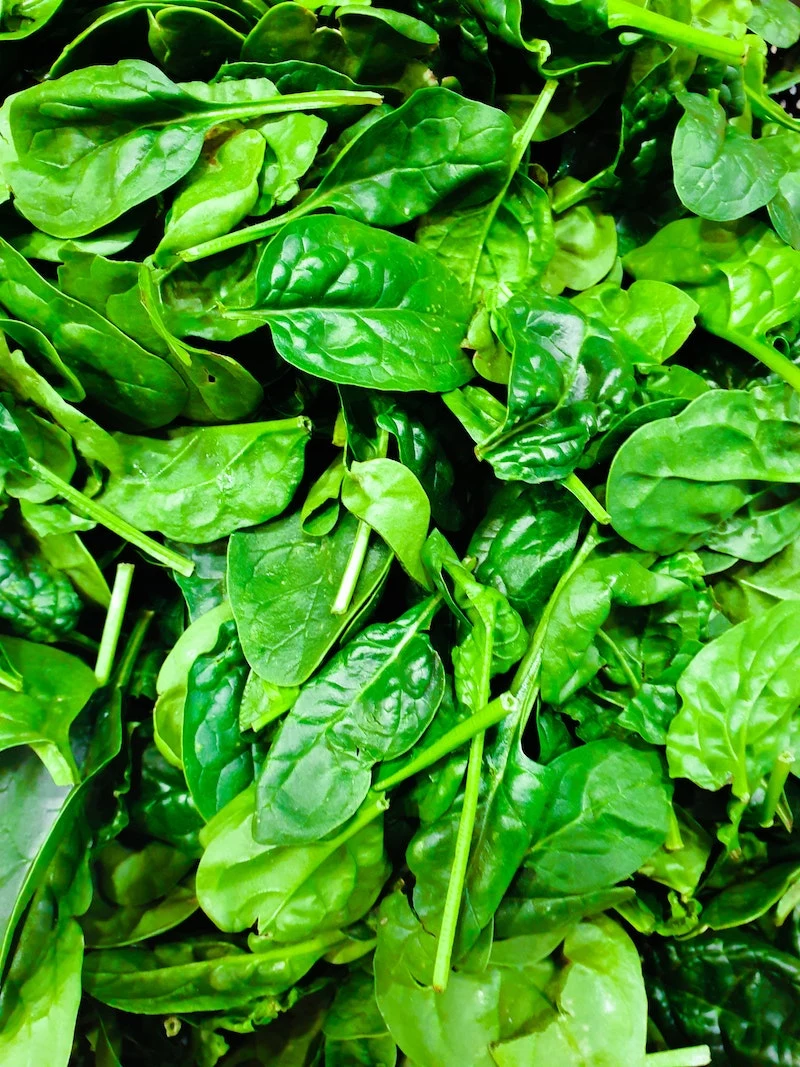
Pro Tip: Don’t sleep on sardines! They’re small, low on the food chain (which means low in mercury), and incredibly cheap. A can of quality sardines can cost as little as $1.50, making them one of the most affordable brain foods on the planet.
Cooking Technique: High heat can damage these delicate omega-3 fats. Instead of frying or char-grilling, try a gentler method. Baking fish in parchment paper (the pros call it ‘en papillote’) is my absolute favorite. It’s ridiculously easy. Just take a piece of parchment, put the fish and some lemon slices on top, drizzle with olive oil, fold it into a sealed packet, and bake at 350°F (175°C) for about 15-20 minutes. It steams the fish perfectly and keeps all the good stuff in.
2. What If You Hate Fish?
I get it. A lot of people do. If fish is a non-starter, you have a solid backup plan. Your body needs direct sources of DHA and EPA, and the best non-fish source is algae. Yes, the green stuff! Fish are rich in omega-3s because they eat algae. You can go straight to the source with an algae oil supplement, which you can find online or at most health food stores for about $20-$30 a bottle. It’s a fantastic option for vegans, vegetarians, or anyone who just can’t stand fish.
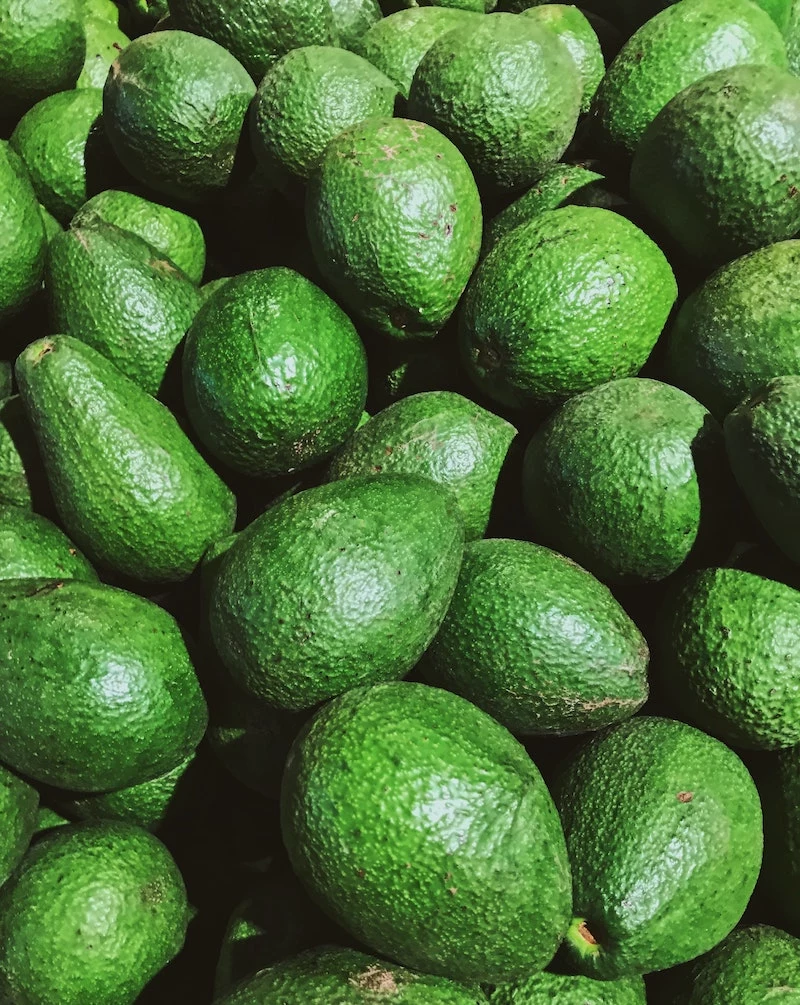
You should also load up on plant-based omega-3s from foods like flaxseeds, chia seeds, and walnuts. While your body isn’t great at converting this type into the powerful DHA your brain loves, it still helps!
3. Leafy Greens (Spinach, Kale, Collards)
Greens are packed with brain-supporters like vitamin K, folate, and lutein. Don’t be afraid of frozen greens! They’re flash-frozen right after picking, which locks in the nutrients, and they’re often way cheaper than fresh.
Technique for Absorption: Here’s a crucial tip. Many of the nutrients in greens are fat-soluble, meaning your body needs fat to absorb them. So, a plain bowl of steamed kale isn’t doing you as much good as you think. Always, always add a healthy fat. A drizzle of olive oil, some avocado, or a sprinkle of pumpkin seeds will make a world of difference.
A Go-To Vinaigrette Recipe: Tired of sugary store-bought dressings? Keep a jar of this in your fridge. It takes two minutes to make. Just shake up 3 parts extra virgin olive oil, 1 part lemon juice or apple cider vinegar, a spoonful of Dijon mustard, and a pinch of salt and pepper. Done.
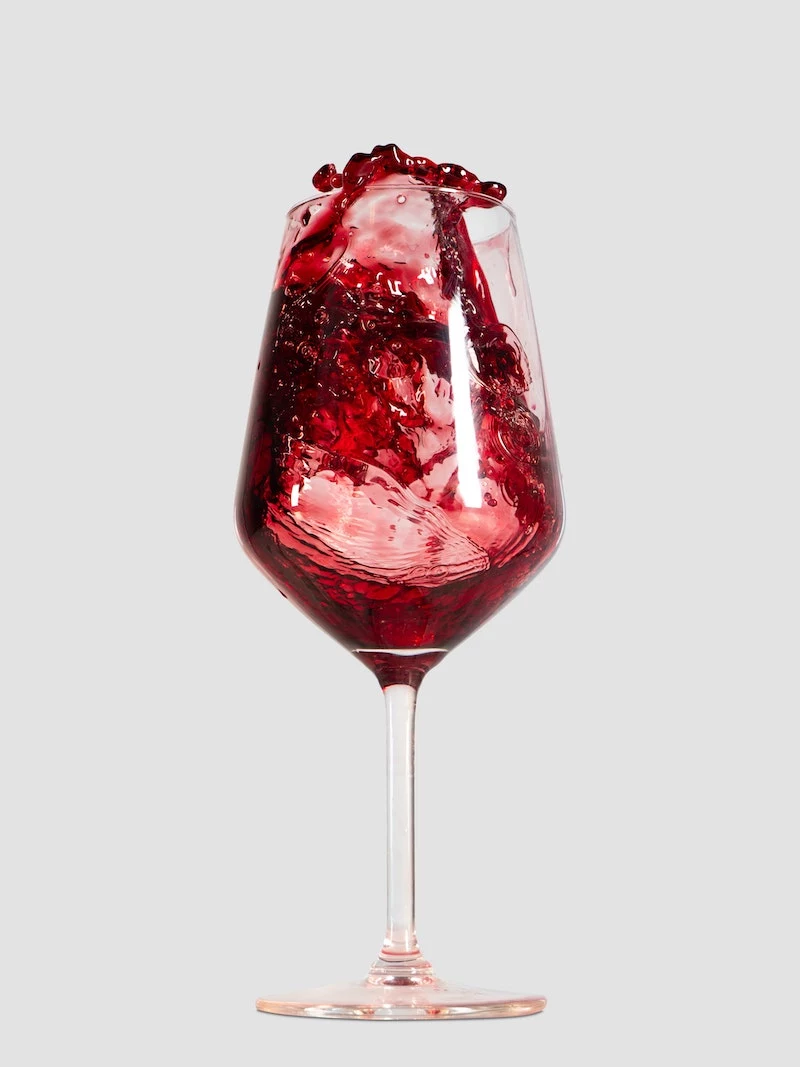
4. Berries (Blueberries, Strawberries, Blackberries)
The beautiful colors in berries come from anthocyanins, which are potent antioxidants. The easiest way to get them is to just eat them. A cup a day is a great goal. And please, don’t fall for the trap of buying expensive, exotic ‘super-berries.’ I learned a long time ago that consistency is what matters. Simple, affordable blueberries and strawberries (fresh or frozen!) are incredibly powerful. Consistency with everyday foods beats sporadic use of pricey ones every time.
5. Eggs, Glorious Eggs
Let’s give a shout-out to the humble egg! They are one of nature’s best sources of choline, that communication specialist we talked about earlier. The yolk is where all the choline goodness is, so don’t just eat the whites. Scrambled, poached, or hard-boiled, they are an easy and affordable way to support your memory pathways.
6. Legumes & Whole Grains (Beans, Lentils, Quinoa)
This group is your go-to for B vitamins and fiber. Foods like lentils, chickpeas, black beans, and whole grains like quinoa and oats provide a slow, steady release of glucose (energy) to your brain. This prevents the sharp spikes and crashes you get from sugary foods, helping you stay focused and sharp all day long. Adding a can of beans to a soup or having a side of quinoa with dinner is an easy win.
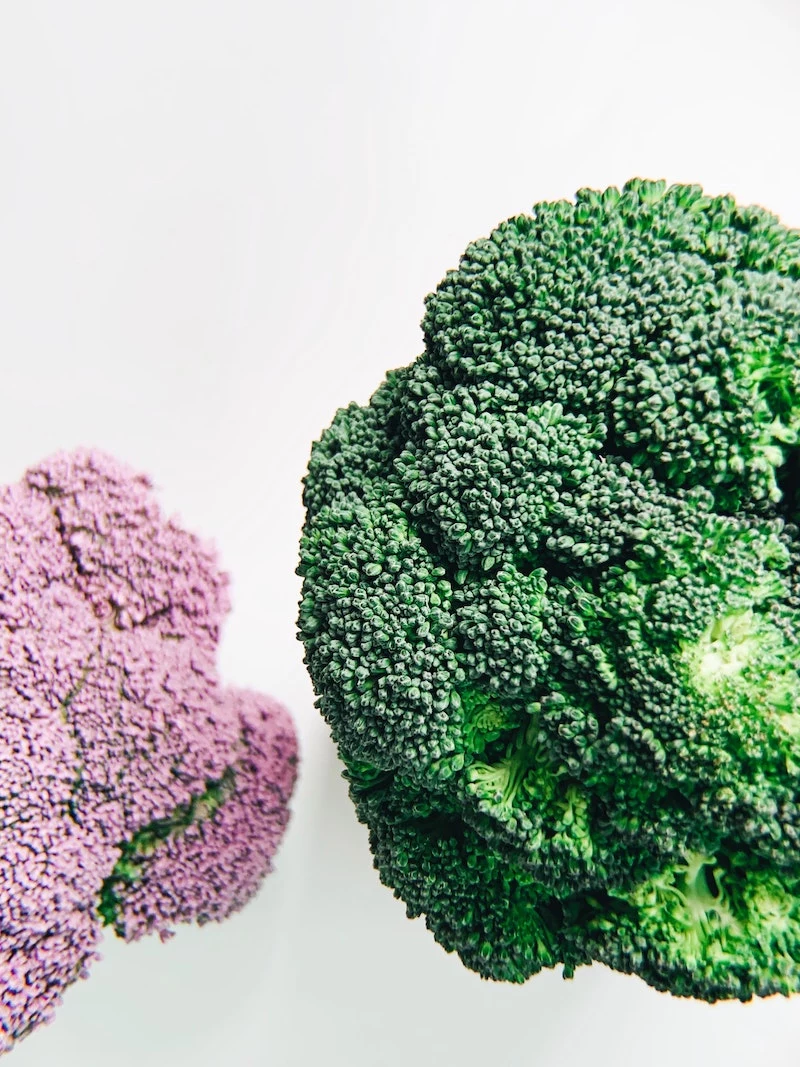
7. Walnuts and Other Nuts/Seeds
Walnuts are the king of nuts for brain health because they contain a plant-based omega-3. But all nuts and seeds offer benefits, from vitamin E to healthy fats. A common mistake is eating too many—they’re high in calories. A small handful (about one ounce) is the right serving size.
Storage is Key: You have to protect the healthy fats in nuts. Heat, light, and air will make them go rancid, which not only tastes awful but also destroys the health benefits. Think of it as protecting your investment! Buy raw, unsalted nuts from a busy store, and as soon as you get home, put them in an airtight container in the fridge or freezer. They’ll stay fresh for months.
Brain Busters: What to Watch Out For
Being smart about what you eat also means knowing what to limit. Think of it less as ‘bad food’ and more about simple swaps.
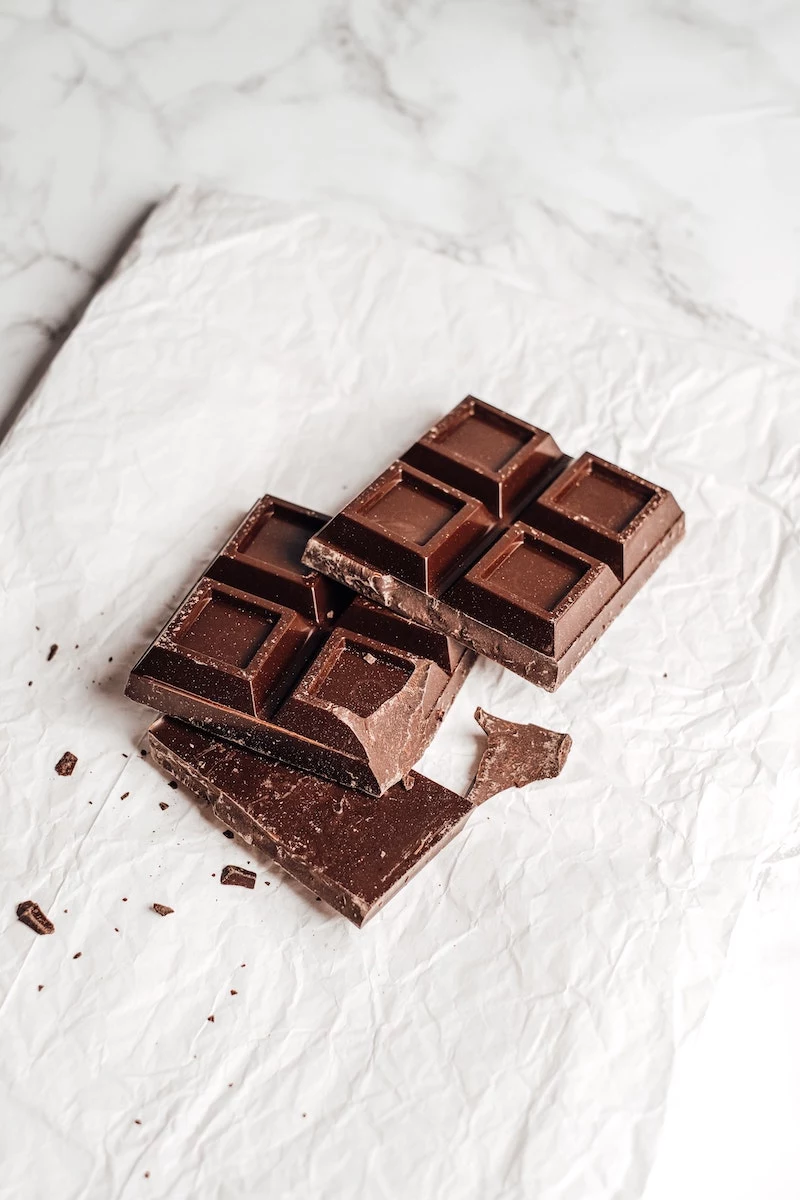
- Swap This: Sugary drinks, white bread, and pastries. These cause blood sugar rollercoasters that are stressful for the brain and promote inflammation.
- For That: Water, green tea, and whole-grain carbs (like oats or quinoa) that provide steady energy.
- Swap This: Margarines and many commercially fried or packaged baked goods. These can contain industrial trans fats, which are structurally damaging to your brain cells.
- For That: Healthy fats from olive oil, avocados, and nuts.
A quick word on red wine. Yes, it has an antioxidant called resveratrol, but the amount is tiny. The reality is that alcohol itself is a toxin to the brain. For health benefits, you get way more bang for your buck from a cup of blueberries or a square of dark chocolate, with zero risk.
Making It All Work on a Budget
Eating for your brain doesn’t have to be expensive. It’s all about smart choices.
Focus your shopping on these MVPs:
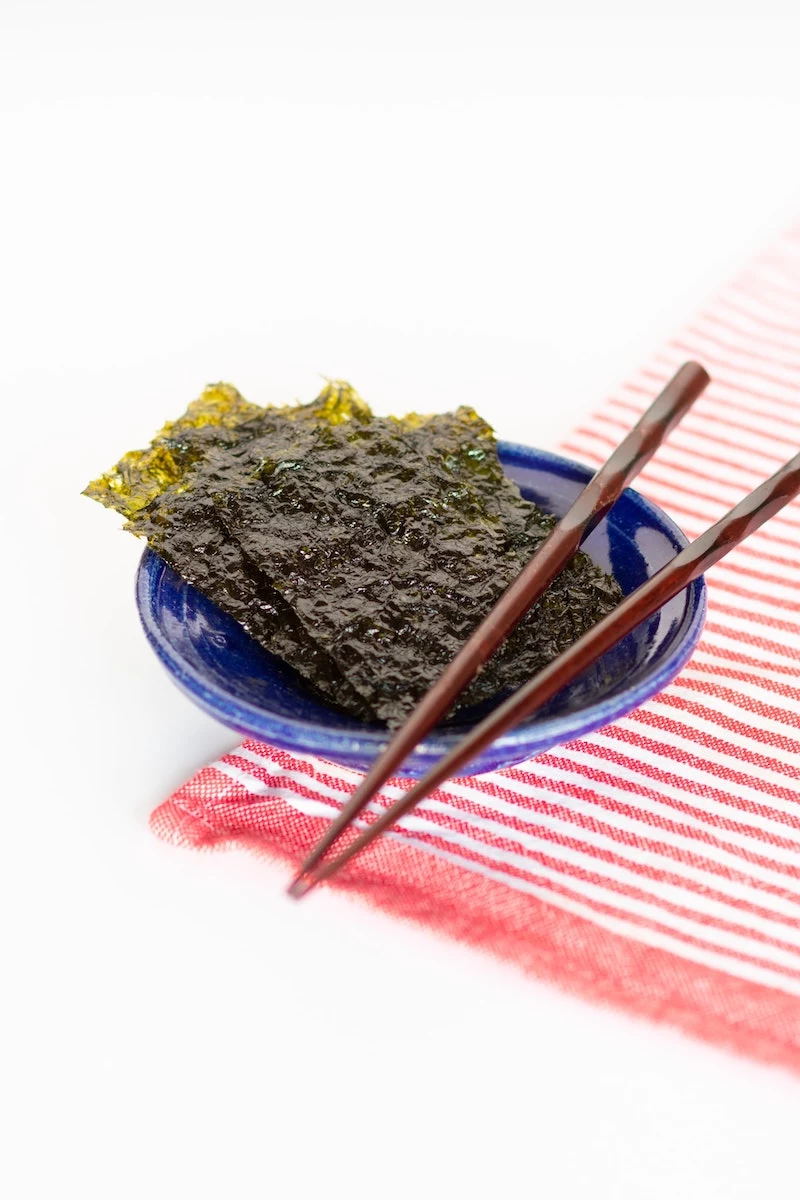
- Frozen Produce: Frozen berries, spinach, and broccoli are just as nutritious as fresh and much more affordable, especially in the off-season.
- Canned Fish: Canned sardines and light tuna are cheap, shelf-stable protein powerhouses.
- Dried Goods: Lentils, beans, oats, and quinoa are incredibly inexpensive when bought in bulk. A big bag of lentils can be the base for a dozen meals and costs just a few dollars.
- Eggs: A dozen eggs is still one of the best nutritional bargains out there.
You could easily build a week of brain-supportive meals for under $50 by focusing on oatmeal with frozen berries for breakfast, lentil soup or egg salads for lunch, and simple dinners of canned fish with a side of roasted frozen veggies.
Final Thoughts: It’s an Investment, Not a Diet
Building a brain-healthy lifestyle isn’t about being perfect. It’s about consistency. It’s about slowly shifting your kitchen and your habits toward these whole, nutrient-packed foods more often than not. Start with one thing. Swap your afternoon snack for a handful of walnuts. Add that vinaigrette to your salad. These small actions, when repeated over time, are what build a stronger, more resilient brain for the future. Trust me, it’s one of the best long-term investments you can ever make.
